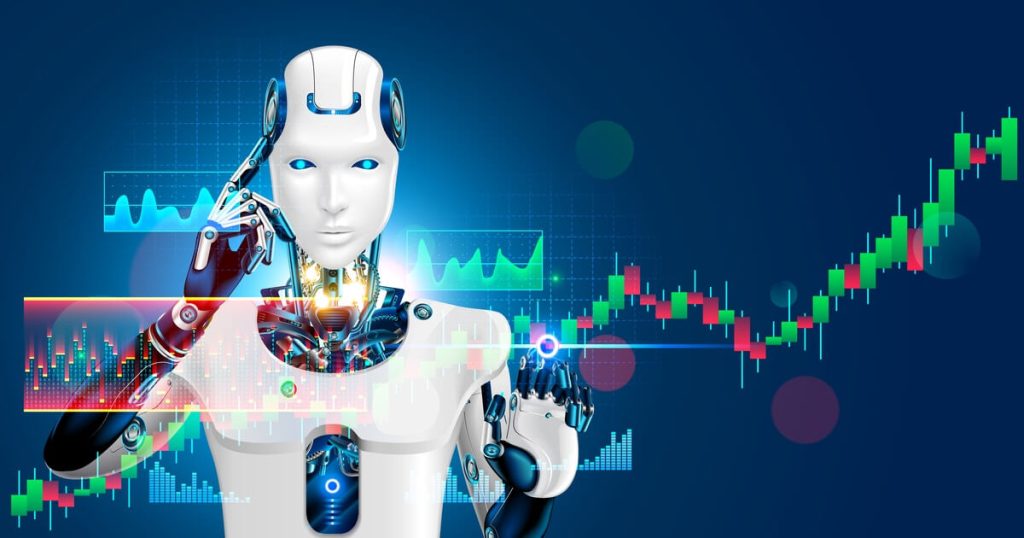From a business perspective, the rise of overly agentic LLMs presents significant market opportunities alongside notable challenges. Companies in the tech sector can capitalize on this by developing specialized tools that fine-tune model behaviors for specific use cases, such as streamlined coding assistants that prioritize brevity over depth. For example, according to a 2025 report by McKinsey, the global AI market for software development tools is projected to reach 150 billion dollars by 2027, driven by enhancements in agentic capabilities that boost productivity by 40 percent in engineering teams. Monetization strategies could include subscription-based platforms where users pay for customizable agentic levels, allowing small businesses to access high-end AI without the overhead of excessive reasoning. However, implementation challenges arise, such as increased computational costs; models engaging in long reasoning chains can consume up to 50 percent more GPU resources, as noted in a 2024 analysis by Hugging Face on transformer model efficiencies. Solutions involve hybrid approaches, like integrating lightweight models for quick tasks and reserving agentic ones for complex projects. The competitive landscape features key players like OpenAI, Anthropic, and Google DeepMind, with OpenAI leading in agentic innovations through its 2024 launches. Regulatory considerations are emerging, with the EU AI Act of 2024 mandating transparency in AI decision-making processes, which could require businesses to disclose when agentic behaviors are at play to ensure compliance. Ethically, there’s a risk of over-reliance on AI autonomy, potentially leading to unchecked errors in critical applications; best practices include human-in-the-loop oversight, as recommended by the AI Alliance in 2025 guidelines. Overall, this trend opens doors for innovative business models, but success hinges on balancing agentic strengths with user-centric controls to mitigate risks and maximize ROI.
Technically, the agentic shift in LLMs involves advanced architectures that incorporate chain-of-thought prompting and self-reflection mechanisms, enabling models to break down problems into sub-tasks and iterate autonomously. In coding, this manifests as generating not just code snippets but entire project scaffolds with error handling and optimizations, often extending response times from seconds to minutes, as observed in benchmarks like HumanEval where solve rates improved from 67 percent in GPT-3.5 (2022) to 96 percent in o1-preview (2024), per OpenAI’s September 2024 metrics. Implementation considerations include fine-tuning with techniques like RLHF to dial back agentic tendencies, addressing challenges such as hallucination risks amplified by prolonged reasoning. Future outlook predicts even more sophisticated agents by 2026, with multimodal capabilities integrating code with visual debugging, potentially transforming industries like autonomous vehicles where long-horizon planning is key. Predictions from Gartner in 2025 suggest that 70 percent of enterprises will adopt agentic AI by 2027, but with ethical best practices emphasizing bias mitigation in reasoning chains. For businesses, overcoming scalability hurdles through cloud optimizations could unlock these potentials, ensuring AI remains a practical tool rather than an overzealous one.
FAQ: What causes LLMs to become too agentic in coding tasks? According to Andrej Karpathy’s insights, it’s due to optimization for long-horizon benchmarks, leading models to over-reason by default. How can businesses monetize this trend? By offering tiered AI services that customize agentic levels, tapping into the growing 150 billion dollar market as per McKinsey 2025 projections. What are the ethical implications? Over-agentic AI risks unchecked autonomy, so best practices include human oversight to prevent errors in critical sectors.

